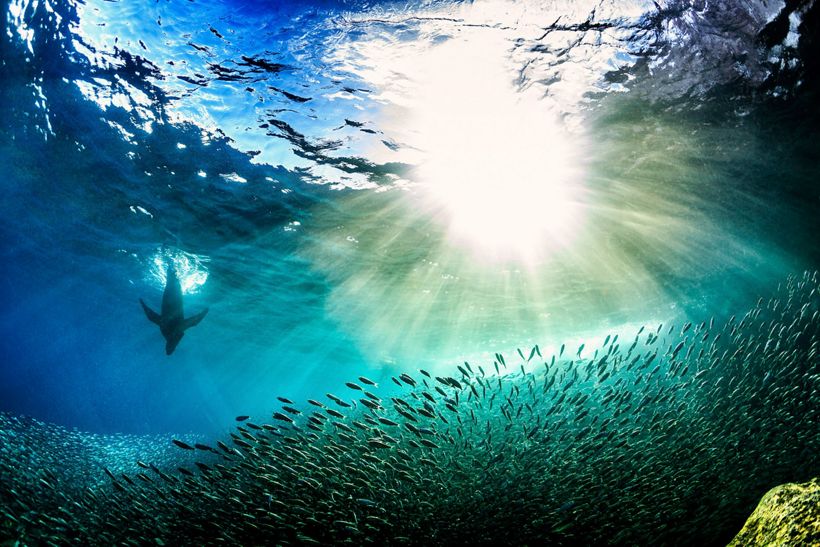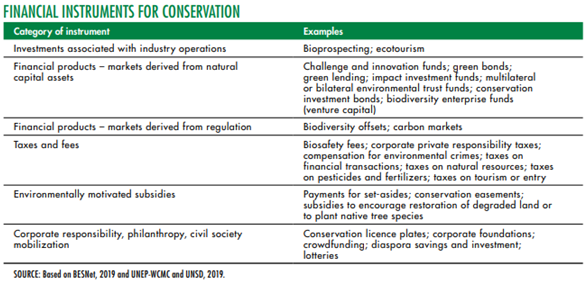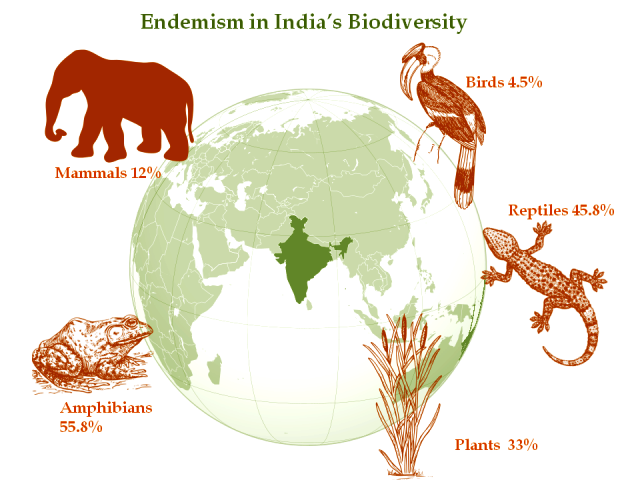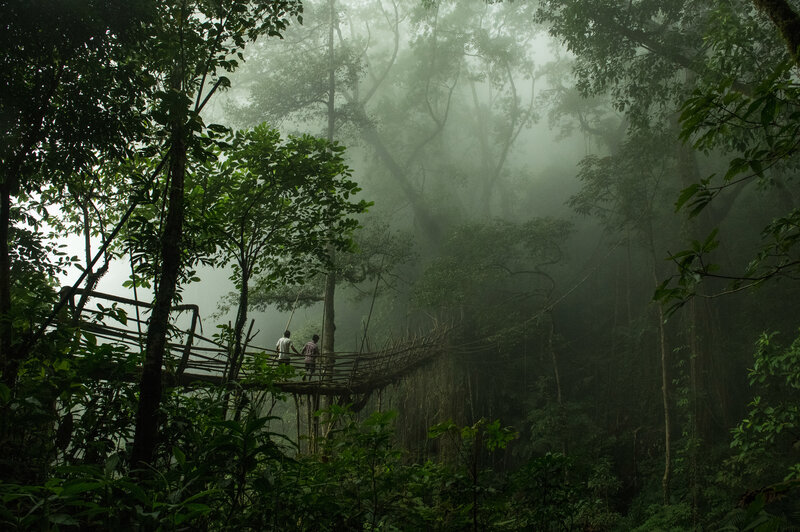

Whilst climate resilience is being tested in real-time, our only hope for a liveable future is preserving and conserving nature. This involves making investments in nature-based solutions, protecting endangered species and their habitats. It is non-negotiable. Let us assume it is in our selfish interest to identify problems and find solutions for protecting land and water. Everyone has a stake in the future of nature.
As someone who has been working closely in building businesses for two decades, and now founding an ecosystem for nature professionals, I have come to realise that these massive goals and initiatives cannot be achieved unless we all come together – from public to private stakeholders.
Looking into the future, crucial indicators include covering areas of biodiversities and different species, managing those areas, ensuring that they are well-connected and integrated on land and through the sea.
A new Protected Planet Report 2020, in partnership with the United Nations Environment Programme (UNEP) and the International Union for Conservation of Nature (IUCN), has revealed that the world has made significant progress in protecting land and water ecosystems. Presently, the protected area has exceeded the Aichi Target set for 2011-2020 of 17 per cent land and 10 per cent water – an increase of over 42 per cent during the last ten years. This is indeed glad tidings for the natural world.
And yet, the report states that the quality of the protected and conserved area leaves much to be desired. Areas that are habitations to key biodiversities like plants, animals, insects, etc., remain unprotected.
Going Forward – Conservation of Biodiversity and Related Ecosystems is Key

We have to establish accountability for everyone. This is why financial models with the right processes, systems, technology, and data are required. Not only that, sustainable funding options must be made widely available for all. It can lead to a positive impact on the environment.
If we are to use 2020’s Biodiversity Targets as a springboard to aim higher – we are in good stead. Close on its heels, the United Nations has outlined 2030 Goals to save the planet’s biodiversity. Many countries and organisations have pledged to protect 30 per cent of their land and water by 2030. Hence, our priority for the next decade is clear and set.
Looking into the future, crucial indicators include covering areas of biodiversities and different species, managing those areas, ensuring that they are well-connected and integrated on land and through the sea.
This is critical. And here is where I believe the role of public and private stakeholders coming together is essential. We need to achieve transformative changes across economic, social, political and technological factors to meet our biodiversity goals. We have to do it through policies, investments, strategies, and practices so that change happens at the local as well as the global level.
We have to establish accountability for everyone. This is why financial models with the right processes, systems, technology, and data are required. Not only that, sustainable funding options must be made widely available for all. It can lead to a positive impact on the environment.

The State of Forests Report 2020 clearly shows (in Table below) the critical financial instruments for conservation. From ecotourism to green bonds and biodiversity offsets – there is huge potential for financial gain here.
The report highlights varied options for everyone to get involved.
For private stakeholders – Private Equity and Debt, Corporate Social Responsibility, Smallholders Investment, Private Foundations, Green Bonds, Insurance, and Microcredit.
For Public Stakeholders – Environmental Funds, Bilateral Aid, State Budget, Fiscal Measures, and more.

 Take the example of Habitat Conservation Banking in the United States, which has emerged as an effective financial template. It engages private players in the protection of species and habitats. Conservation banking allows private landowners to buy credits as compensation for their impact on the environment. The first conservation bank was established in 1995. As of 2019, 158 approved conservation banks are protecting the habitats of 71 species under the Endangered Species Act (1973).
Take the example of Habitat Conservation Banking in the United States, which has emerged as an effective financial template. It engages private players in the protection of species and habitats. Conservation banking allows private landowners to buy credits as compensation for their impact on the environment. The first conservation bank was established in 1995. As of 2019, 158 approved conservation banks are protecting the habitats of 71 species under the Endangered Species Act (1973).
Similarly, Wetland Mitigation Banking ensures compensation for impact to water bodies through compensatory mitigation credits. As of 2013, there were over 1,800 bank sites for tracking and monitoring such areas. These measures focus on expert, consensus-driven efforts to tackle environmental issues.
These are just two examples of establishing financial tools for conservation. For every geography, there are innumerable ways to combine public and private measures to protect nature.
 India – Now is the Time to Invest in Conservation
India – Now is the Time to Invest in Conservation
India is home to nearly 7-8 per cent of species of the world and represents 4 of the 34 globally identified biodiversity hotspots. Consequently, providing conservation measures that involve the private and public sectors can vastly aid in protecting the biodiversity in the country.
At such a time when climate change effects can be seen worldwide, we should be taking tougher decisions to protect and conserve nature. We have to invest in nature-based solutions, invest in renewable energy, protect endangered species and their habitats. Measures have to be taken to spread awareness against overconsumption, overfishing, etc., which is causing harm to the environment. We need to adopt a sustainable development model. Only then can we have a fighting chance to revive the economy and ensure a green future for all.
Let’s Pool in Data on Biodiversity and Use it to Preserve Nature
In the way that India, the world’s largest democracy came together to fight against COVID-19 – through technology and sheer perseverance of the people to help one another – it is time for us to do the same for nature.
With numerous conversations surrounding data, privacy and more, here is my take. The best use of technology and efficient data gathering mechanisms poses endless possibilities for the natural world. Using tech for nature and building an inspired generation that holds itself accountable can transform our future for the better.
I believe, WeNaturalists, are one such step towards bringing those working at the grassroots together to make a difference by using the power of technology to create a larger impact. Everyone has to come together to facilitate collective action, engagement, innovation, capacity-building, networking, and partnerships. And also lend a long-term perspective.
Coexisting with Nature Through Awareness Creation and Altering Perceptions
I believe that the protection of land and water will come through awareness creation at the grassroots. Amplifying the voice and people of nature will lead to better management and communication across the spectrum.
 At such a time when climate change effects can be seen worldwide, we should be taking tougher decisions to protect and conserve nature. We have to invest in nature-based solutions, invest in renewable energy, protect endangered species and their habitats. Measures have to be taken to spread awareness against overconsumption, overfishing, etc., which is causing harm to the environment. We need to adopt a sustainable development model. Only then can we have a fighting chance to revive the economy and ensure a green future for all.
At such a time when climate change effects can be seen worldwide, we should be taking tougher decisions to protect and conserve nature. We have to invest in nature-based solutions, invest in renewable energy, protect endangered species and their habitats. Measures have to be taken to spread awareness against overconsumption, overfishing, etc., which is causing harm to the environment. We need to adopt a sustainable development model. Only then can we have a fighting chance to revive the economy and ensure a green future for all.
Investing in nature has real potential. Let’s tap into it.
Amit Banka is the Founder and CEO of WeNaturalists. He founded it in 2019 with a simple motive – to give a purpose to people’s passion for nature. Apart from being a successful entrepreneur, he is also an ardent nature lover, wilderness explorer, and bird photographer. A critical milestone in his life occurred while he was working with Swades Foundation on holistic living projects in rural India. It was here where he realised the need for mankind to coexist with nature, and more importantly, our dependence on it. The learnings from these interventions reinforced his belief that our interaction with nature needs to evolve to create a larger impact. This tremendously influenced his outlook towards creating WeNaturalists.

